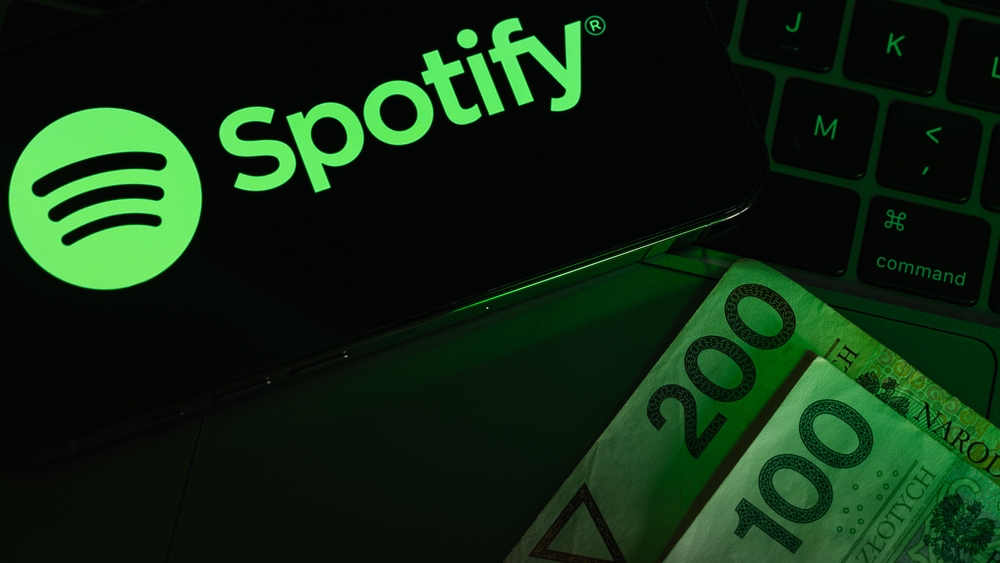The reported price hike does not seem to come with new features or incentives.
Others are reading now
Spotify users in the U.S. look set to face another round of subscription price increases in early 2026, according to a new report from the Financial Times. The move would mark the streaming giant’s next large-scale attempt to prove consistent profitability after years of aggressive expansion.
Industry pressure to raise subscription fees
Global music labels have been pushing streaming platforms to raise consumer prices, arguing that subscription fees have lagged behind inflation and the rising costs of producing and promoting music. Spotify already lifted prices across dozens of regions earlier this year, but the U.S. — historically treated with caution due to its outsized economic weight — was left untouched. That grace period appears to be ending.
Internally, Spotify is also under pressure from investors to show consistent profitability following years of costly expansion into podcasts, advertising technology, and AI-powered recommendations. A U.S. price bump would be the most impactful lever to pull.
Current plans and the expected impact
The last U.S. increase arrived in 2024, bringing monthly rates to:
- Premium Individual: $11.99
- Student: $5.99
- Duo: $16.99
- Family: $19.99
The company hasn’t signaled how much each tier may rise in 2026, nor whether additional features or bundled services will accompany the change. But given the scale of recent international hikes, analysts expect more than a symbolic adjustment.
Also read
Higher prices might not mean higher pay for artists
What remains unresolved — and increasingly controversial — is whether rising subscription fees actually make life better for the musicians whose work underpins the platform. Despite repeated price hikes, many artists say their royalties have barely budged, and independent musicians in particular argue that the economics of streaming still leave them scraping by on fractions of a cent per play.
Part of the issue is that Spotify’s increased revenue is split between labels, publishers, collecting societies, and other intermediaries before an artist sees any payment.
Even improvements in Spotify’s margins rarely translate into noticeably higher payouts for the people creating the music. Some artist advocates worry that another U.S. increase will simply strengthen the platform’s bottom line without addressing the longstanding concerns about fair compensation.
Silence from Spotify — for now
The company has not publicly addressed the 2026 pricing report, but if the timeline is accurate, American subscribers won’t have to wait long for confirmation. For listeners, the cost of streaming is poised to climb again; for artists, the question remains whether any of that money will ever reach them.
Sources: Financial Times, TrustedReviews


